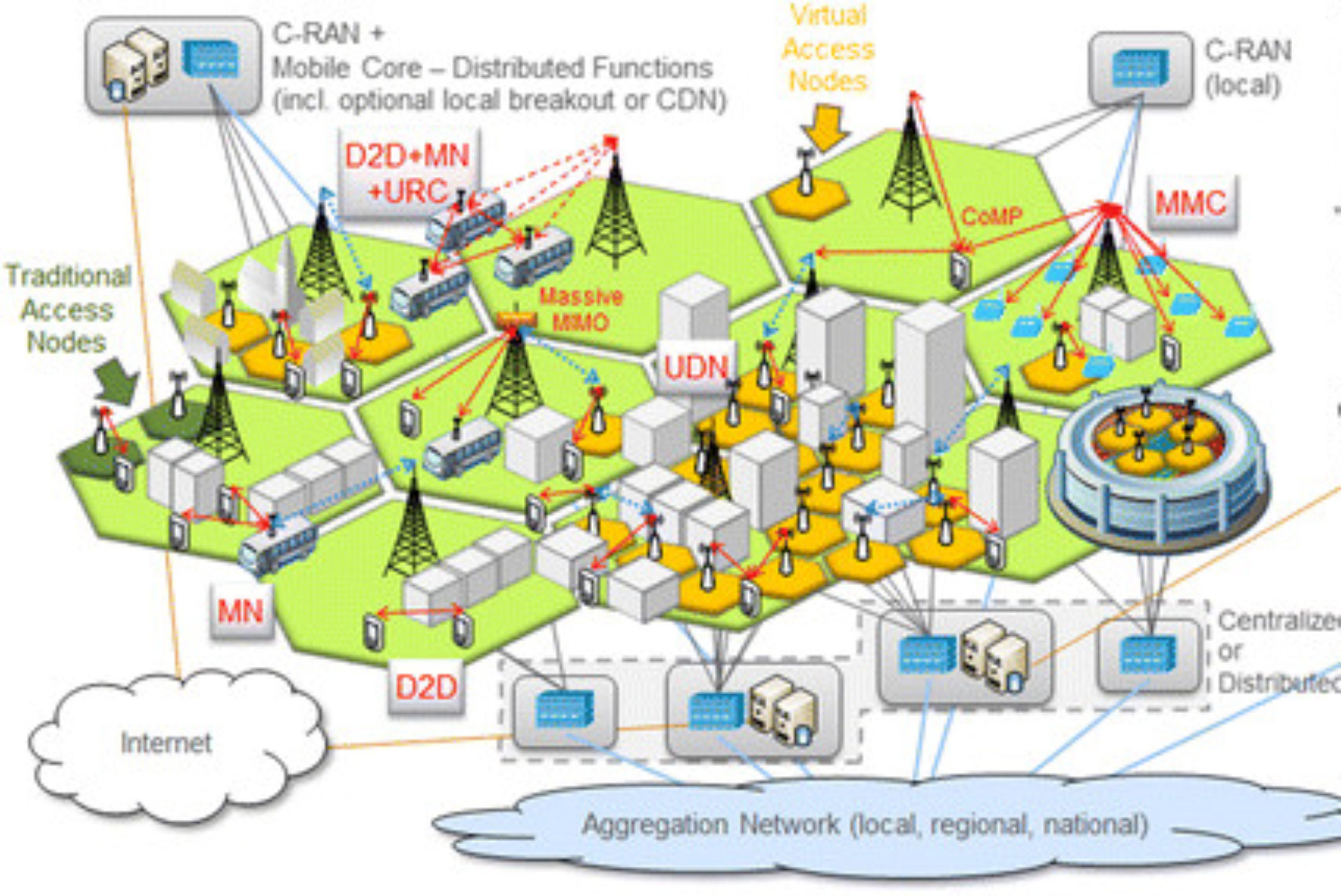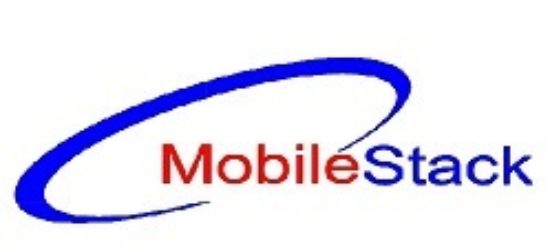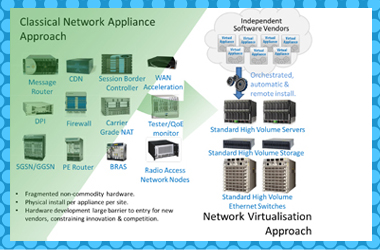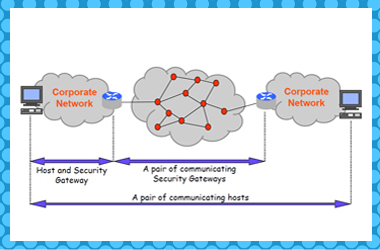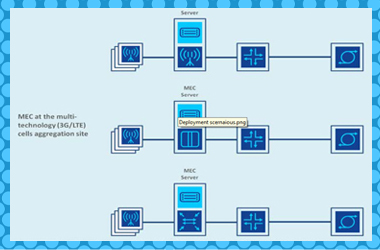
Network Operators’ networks are populated with a large and increasing variety of proprietary hardware appliances. To launch a new network service often requires yet another variety and finding the space and power to accommodate these boxes is becoming increasingly difficult; compounded by the increasing costs of energy, capital investment challenges and the rarity of skills necessary to design, integrate and operate increasingly complex hardware-based appliances.
Moreover, hardware-based appliances rapidly reach end of life, requiring much of the procure- design-integrate-deploy cycle to be repeated with little or no revenue benefit. Worse, hardware lifecycles are becoming shorter as technology and services innovation accelerates, inhibiting the roll out of new revenue earning network services and constraining innovation in an increasingly network-centric connected world.
Network Functions Virtualisation aims to address these problems by leveraging standard IT virtualisation technology to consolidate many network equipment types onto industry standard high volume servers, switches and storage, which could be located in Datacentres, Network Nodes and in the end user premises. We believe Network Functions Virtualisation is applicable to any data plane packet processing and control plane function in fixed and mobile network infrastructures.
We would like to emphasise that we see Network Functions Virtualisation as highly complementary to Software Defined Networking (SDN). These topics are mutually beneficial but are not dependent on each other. Network Functions can be virtualised and deployed without an SDN being required and vice-versa.
Virtualising Network Functions could potentially offer many benefits including, but not limited to:
- Reduced equipment costs and reduced power consumption through consolidating equipment and exploiting the economies of scale of the IT
- Increased speed of Time to Market by minimising the typical network operator cycle of innovation. Economies of scale required to cover investments in hardware-based functionalities are no longer applicable for software-based development, making feasible other modes of feature evolution. Network Functions Virtualisation should enable network operators to significantly reduce the maturation
- Availability of network appliance multi-version and multi-tenancy, which allows use of a single platform for different applications, users and tenants. This allows network operators to share resources across services and across different customer
- Targeted service introduction based on geography or customer sets is possible. Services can be rapidly scaled up/down as
- Enables a wide variety of eco-systems and encourages openness. It opens the virtual appliance market to pure software entrants, small players and academia, encouraging more innovation to bring new services and new revenue streams quickly at much lower
To leverage these benefits, there are a number of technical challenges which need to be addressed:
- Achieving high performance virtualised network appliances which are portable between different hardware vendors, and with different
- Achieving co-existence with bespoke hardware based network platforms whilst enabling an efficient migration path to fully virtualised network platforms which re-use network operator OSS/BSS. OSS/BSS development needs to move to a model in-line with Network Functions Virtualisation and this is where SDN can play a
- Managing and orchestrating many virtual network appliances (particularly alongside legacy management systems) while ensuring security from attack and
- Network Functions Virtualisation will only scale if all of the functions can be
- Ensuring the appropriate level of resilience to hardware and software
- Integrating multiple virtual appliances from different vendors. Network operators need to be able to “mix & match” hardware from different vendors, hypervisors from different vendors and virtual appliances from different vendors without incurring significant integration costs and avoiding lock-in.
The authors of this white paper believe (and have in some cases demonstrated) that solutions to these technical challenges are available, or could be made available, and recommend that the IT and Networks industries combine their complementary expertise and resources in a joint collaborative effort to reach broad agreement on standardised approaches and common architectures which address these technical challenges, and which are interoperable and have economies of scale.
To accelerate progress, a new network operator-led Industry Specification Group (ISG) with open membership is being setup under the auspices of ETSI to work through the technical challenges for Network Functions Virtualisation as outlined in this white paper. The formal creation process of this ETSI ISG has been started and is expected to be completed by mid-November 2012.
In order to chart the way forward for Network Functions Virtualisation the wider industry is asked to provide feedback as detailed in this white paper.

